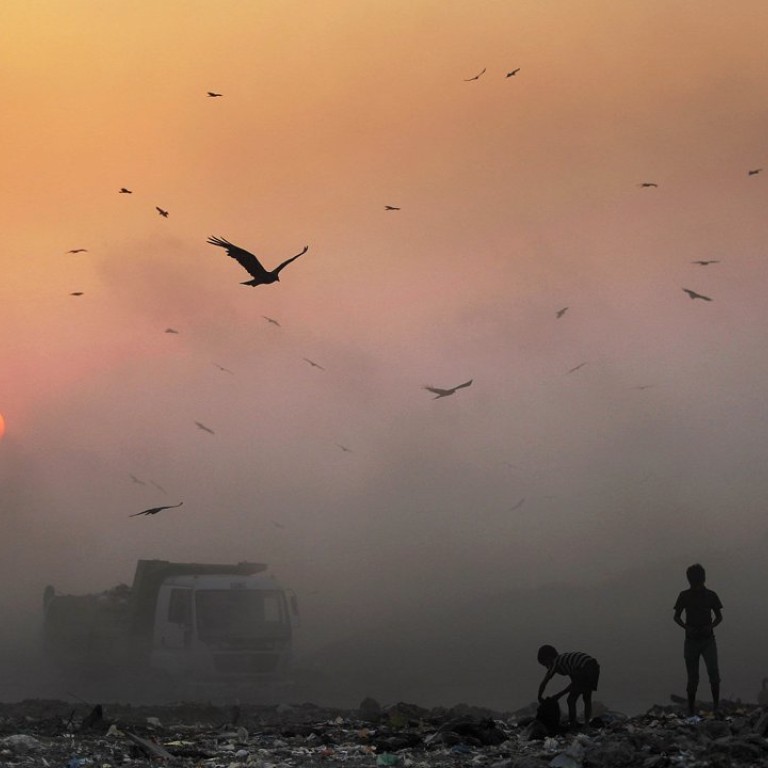
To avert disaster, China and India must make fossil fuels a thing of the past
Priya Virmani says both nations’ reliance on polluting energy will only exacerbate rising carbon emissions, and without cleaner power sources, wider efforts to halt climate change will fail
At the epicentre of the climate change summit negotiations in Paris are the energy needs of India and China. Together, they have one third of the world’s population, and the majority aspire to a high-energy-consuming Western lifestyle. Both countries are hugely reliant on fossil fuels for their energy needs. Clearly, a third of the world’s population “tasting development” on the back of fossil fuel use will spell disaster for the planet.
Fairly or unfairly, the spotlight for saving our world is on India and China
On some days, air pollution in Beijing obscures buildings and leaves citizens gasping; the government has just had to issue its first red alert. In India, cars are choking city roads, and the people. Children’s playgrounds are being converted into parking lots, as greenery is exchanged for concrete.
Further afield, evidence of the pernicious impact of our high-carbon-emitting lifestyles abounds; the Pacific island republic of Kiribati is disappearing with gulps of the ocean. Alaskan villages are also being devoured.
Fairly or unfairly, the spotlight for saving our world is on India and China. How do the two square up? India’s carbon emissions stand at 6 per cent of global annual emissions. China, with marginally more people, accounts for 28 per cent of global emissions, significantly higher. And those figures are set to rise to alarming levels for both.

India has said that, after 2030, 40 per cent of its energy needs will come from clean energy – but until then, the nation will run on coal. This will make the world’s largest democracy the biggest importer of coal. By 2020 India aims to expand its production of coal to 1.5 billion tonnes. For this target to be met, a new mine would have to be opened every month for the next five years. Yet, India’s coal use does not come close to China’s; over the past 10 years, China has added new coal-fired power plants almost on a weekly basis.

Speaking in Paris, Indian Environment Minister Prakash Javadekar was unequivocal about coal use: “We are increasing our renewable targets tenfold in the next 15 years but we will require coal because it is the need of the hour for my people to grow.”
READ MORE: In Hong Kong and around the world, we all have a part to play in combating climate change
China has promised to quadruple solar installations, and to commit US$3.1 billion after 2020 to help low-income countries adapt to the changing world. This will be China’s contribution to the bill to alleviate climate change which, according to research commissioned by Oxfam, could exceed US$2.5 trillion by 2050. India, for its part, has offered assistance to African nations.
The “need of the hour” is a speedier transition to cleaner and more efficient energy. For this to happen, finance is key, and this is where the West needs to help. Financing must be coupled with a civic awareness of climate change. Literacy on the issue in both India and China is dismal. Awareness is wanting in India, yet sections of democratic India do make a noise not heard in China.
According to the Pew Research Centre, Chinese are the least concerned in the world about climate change, with only 18 per cent saying that it is a very serious problem, down 23 percentage points from five years ago, and 36 percentage points behind the global median.

Dr Priya Virmani is a political and economic analyst
